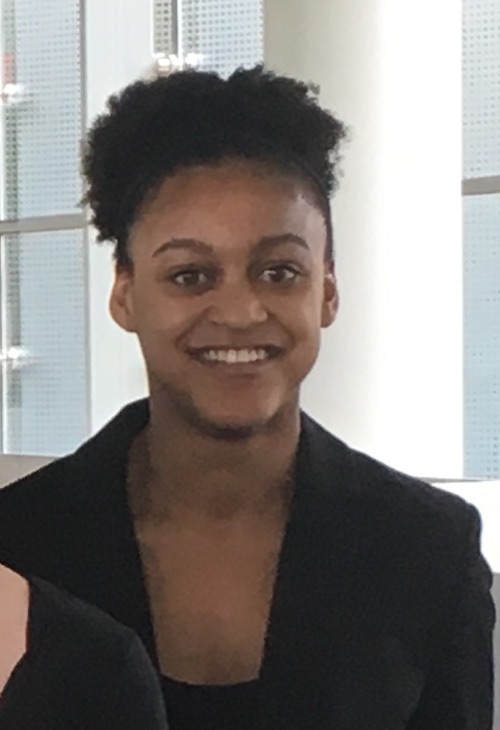Below is a summary of the abstract you submitted. Presenting author(s) is shown in bold.
If any changes need to be made, you can modify the abstract or change the authors.
You can also download a .docx version of this abstract.
If there are any problems, please email Dan at dar78@pitt.edu and he'll take care of them!
This abstract was last modified on May 4, 2017 at 10:31 a.m..

During the 2015–16 academic year, the University of Kansas SEA-PHAGES class isolated and characterized the temperate J-cluster phage HokkenD. In conducting immunity tests on a HokkenD lysogen, we found that another J-cluster phage, Thibault, was able to infect the lysogen, whereas several other J-cluster phages were not. Picking up from that observation, the 2016–17 SEA-PHAGES class created an additional J-cluster lysogen with the phage Courthouse. Thibault was again able to infect this lysogen, whereas HokkenD and other J-cluster phages were not. To investigate the nature of Thibault’s unusual immunity, we first compared the sequence of the repressor proteins within the J cluster. Thibault gene 81 encodes the immunity repressor and is identical to the immunity repressor in all closely related J-cluster phages including HokkenD. Immediately upstream of the repressor is a 281 bp non-coding sequence that is highly conserved in all J-cluster phages. Interestingly, there are two nucleotide substitutions in Thibault that are not found in any other closely related J-cluster phages. We suggest that this region is the operator and that these substitutions prevent other J-cluster phage immunity repressors from binding to the Thibault operator region. A challenge to this model is that Thibault itself appears to be temperate. We would like to perform site-directed mutagenesis experiments in the future to test this model. In another project, we set out to investigate Mycobacteriophage communication. It was recently shown that temperate Bacillus species communicate by secreting small peptides that are imported into other bacteria and can interact with phages that have recently infected the host. We used bioinformatics to search for similar phage genes in a set of temperature Mycobacteriophages. To address the idea experimentally, we attempted to create an OppC-D deletion in M. smeg to test if this mutation would affect the lytic/lysogenic life cycle choice of temperate phages. Although we were unsuccessful at making the strain ourselves, we were able to get an OppD mutant strain from the University of Pittsburg and used it to test lysogeny in 8 different temperate phages. Although none of these phages (nor D29) infect the strain thus far, we are trying to work through this problem in order to conduct these tests.


